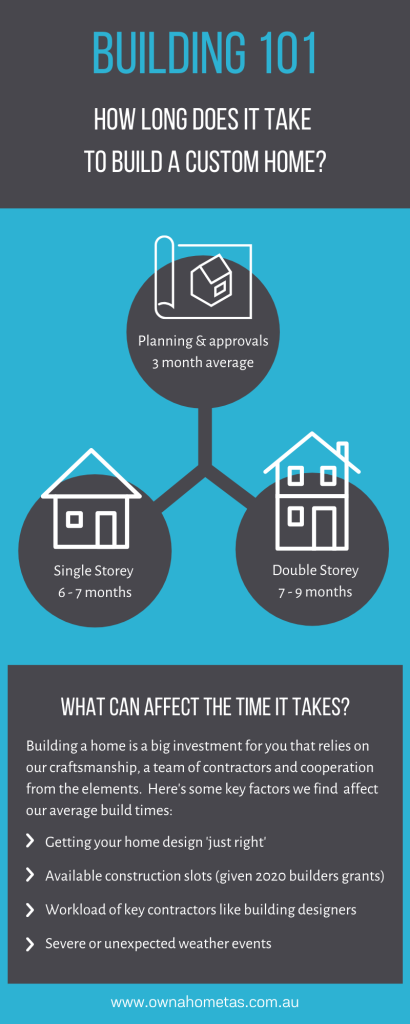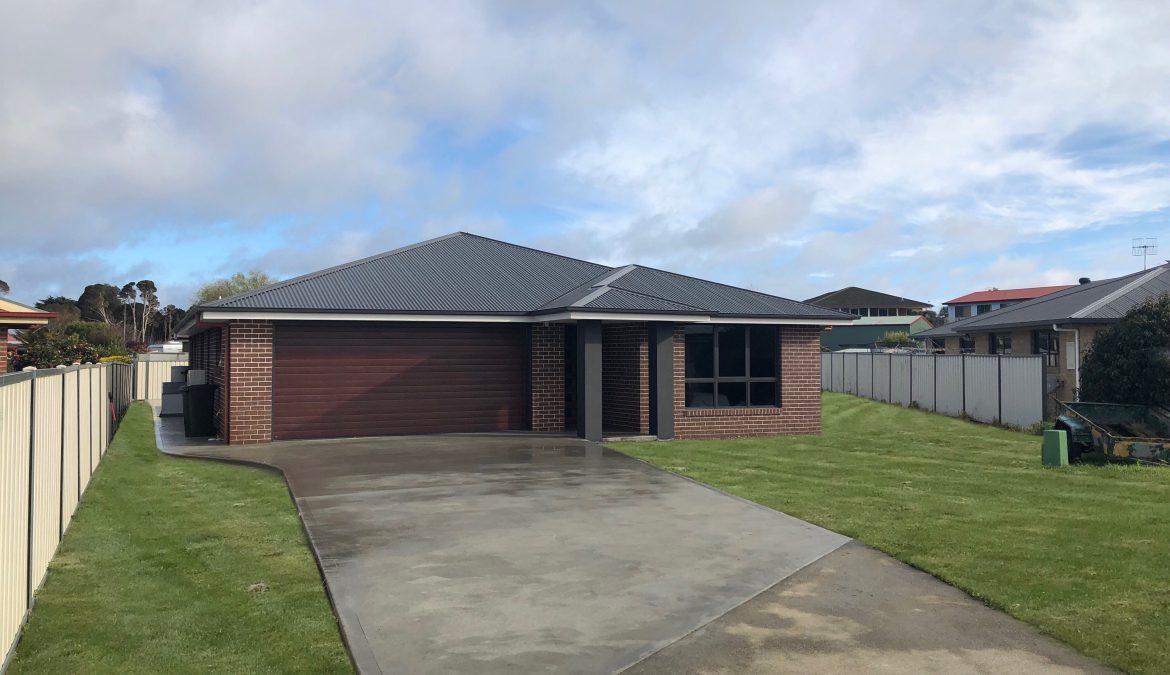Everybody’s talking about real estate in Tasmania. Prices are soaring for existing homes and competition to secure a block of land is high. But before you sign on the dotted line, here’s a few tips we think are important.
If you’re keen to build a new home, it’s natural to feel pressure to sign a contract on a block, especially amongst the hype that’s happening at the moment. But when you’re building a home (or investment property), your design possibilities and build costs literally rest on the land you buy.
Our advice? Get informed.
Here’s 3 tests and checks you can do to make sure the block of land you’re excited about is as good as it looks.
- Get familiar with LISTmap (it’s free)
If you haven’t checked out LISTmap, head there now. LISTmap (LIST stands for Land Information System Tasmania) is an online tool that takes the guesswork out of analysing land in Tasmania.
We love LISTMap because it’s visual, interactive and FREE. Search for the address/suburb title you’re looking at and get immediate information on zoning, coastal erosion vulnerability, bushfire danger and flood history. Simply select the information you want to see (e.g., zoning) and it will appear as a layer over the top of the map.
Even if you haven’t found the perfect block yet, jump on and have a play. We’d suggest making a list of the areas you would like to live or invest in. Then, spend some time researching each area on LISTmap. Your search might reveal ‘red flags’ (e.g. no access to town water or is prone to a landslip) that we can discuss with you.
- Book a block inspection with us (or your chosen builder)
It’s impossible to overemphasise the importance of a block inspection. You wouldn’t buy a car without knowing if it’s got aircon, so don’t buy a block that might not meet your basic needs.
At a block inspection, we’ll meet you onsite and talk about fundamentals like orientation (the way the block faces), slope and size. In reality, getting these things right can save you thousands. Plus, block inspections can be fun; if it’s looking good, we can walk around and start visualising the view from your loungeroom!
- Find out the soil type (and avoid blowing your budget on footings and foundations!)
A soil test is the single, most critical test required for the residential blocks we see. Why? Soil type determines how much of your budget needs to be set aside for footings and foundations (surprisingly, it can be a significant chunk!)
When you enquire about a block, ask the landowner or real estate if a soil test has already been done and request the results. If a test hasn’t been done, we can arrange for a geotechnical engineer to do it.
If you’re feeling the pressure to make an offer and a soil test hasn’t been done, don’t stress. It is possible to make a conditional offer based on receiving good soil test results. This is a common condition on the contract of sale for land and blocks.
So there you have it, 3 vital checks to do before you sign that contract. Want more? Make sure you read our past blog with 5 key questions to ask landowners or real estate agents here.
To stay up to date with future Building 101 releases? Follow us on Facebook and Instagram.
Blog post written by Karli Franks.



